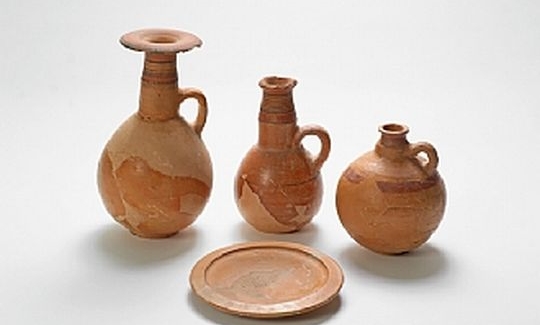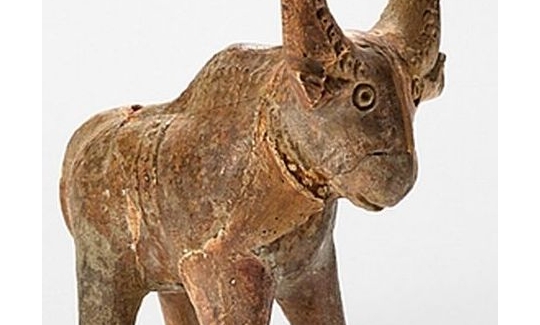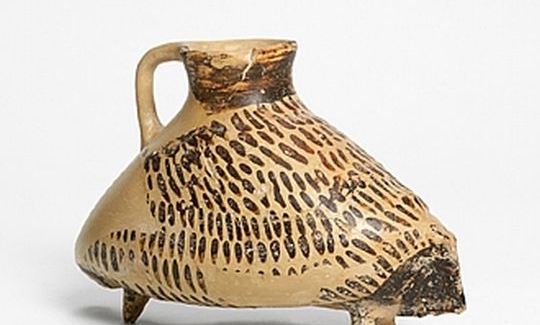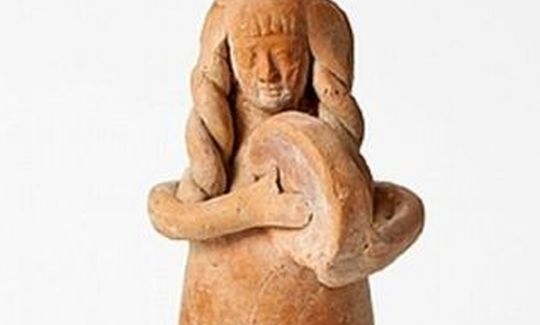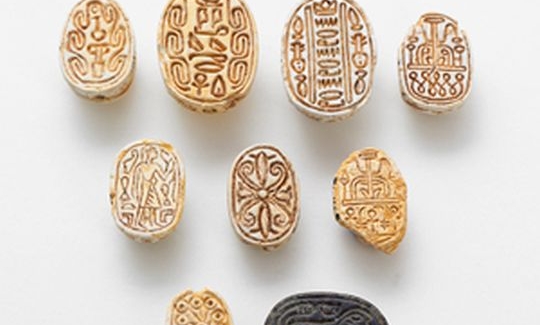Shikmona and its Treasures
Monday, 01.06.09, 10:00
Sunday, 09.06.24
:
Avshalom Zemer
More info:
04-6030800Tel Shikmona, extending over eight dunams, has revealed some very rich archaeological finds, shedding light on the settlement's ongoing existence from the Late Canaanite era (15th century BCE) up to the Early Muslim era (7th century CE). Some 2100 years of history thus find expression in the wealth of material findings, evidence of trading connections with the Mediterranean lands.
Tel Shikmona (Arabic: Tel a-Samakh; "Hill of the Fishes") is situated on the coast, approximately 1.3 kilometres southwest of the Carmel Point. It was constructed on a shallow, dry stratum of gravel. Geographically, it lies on a rocky stretch of coast that did not allow construction of a port nearby, and the nearest anchorage seems to have been to the south, near Kfar Samir. The area surround the Tel used as the agricultural section of the town. The rivers flowing down the Carmel provided most of the fresh water for the city, and orchards were also planted on those slopes. East of the Tel, on the side of the mountain, is the burial ground, in which 22 burial installations were found, most of them close together. Except for one tomb that pre-dates the others, all are from the Roman-Byzantine period (3rd - 6th centuries CE). The earlier burial is dated to the Middle Canaanite IIB era (1750-1550 BCE). On the outskirts of the Tel, remains of a Byzantine city have also been found.
Some superficial excavations were undertaken in 1963-1969 under the auspices of the Haifa Municipal Museum of Ancient Art, and directed by Dr. Josef Elgavish.
The earliest settlement at Shikmona is from the Late Canaanite I era (15th century BCE), and was probably created by the Egyptians, initially as a rearguard for their military base at Beth Shean. Over time, the base was transformed into a civilian settlement. Dwellings and public buildings have been excavated, containing local wares as well as imports from Cyprus and Greece, ivory and faience items, and seals. The archaeological findings from this period indicate lively trading with Greece and Cyprus, and the influence of the Egyptian culture.
From the various Israelite periods (12th - 6th centuries BCE), eight layers of settlement have been excavated. From the era of the Kingdom, remnants of the city wall, parts of oil presses, storage rooms and dwellings, locally made pottery, imported wares and figurines were discovered.
In the Persian period (6th - 4th centuries BCE), Shikmona was administered by the Phoenician city of Tyre, and expanded from a small settlement to a large, well-planned city. A residential quarter has been uncovered, in which were found pottery and stone vessels, weapons, jewellery and other items. At the close of that era, the city was fortified and housing was apparently re-located round the base of the Tel.
In the Hellenistic era (4th - 1st centuries BCE) another fortification was constructed at the site, in which the main findings were large storage rooms containing amphorae with Greek seals and other items. During the
Roman period (1st century BCE - 4th century CE) a fortress was constructed on the site, which was used during the Jewish Revolt, and of which a few remains are still apparent.
In the Byzantine era (4th - 7th centuries CE) the city mainly covered the area around the Tel. This was where the residential and industrial quarters, public buildings and an industrial installation were found. Many of the buildings were floored with mosaic, and were scattered with pottery, bronze, and ivory vessels. The remains of a fire are also evident, witness to the sudden destruction of the site. At the apex of the Tel, the remains of a Byzantine villa destroyed during the Arab conquest in 638 CE were found. Above this were the foundations of a building from the Early Muslim era.
The origin of the name "Shikmona" is not known, but may be derived from the sycamore tree. The meaning of the Greek "sycamina" is "the fruit of the mulberry tree" and may be connected with the Persian black mulberry which was imported much earlier from the Chinese mulberry. The first reference to Shikmona is in Flavius Josephus's (37-100 CE) "History of the Jews" (13: 332), which describes how the forces of Ptolemy IX Lathyrus, King of Egypt landed at Shikmona to take part in the battle for Acre against Alexander Yannai in 103 BCE. Shikmona is also mentioned in the Babylonian Talmud and by Christian travellers of the time. From these sources we learn about the city's large Jewish population, while the burial ground also bears witness to the pagan and Christian inhabitants.
The Arabic name - Tel a-Samakh - is probably connected to the good fishing grounds there. The water at that point is shallow and the sea-bed is rocky, attractive to fish and fishermen alike.

